
The Baseline Fitness Test
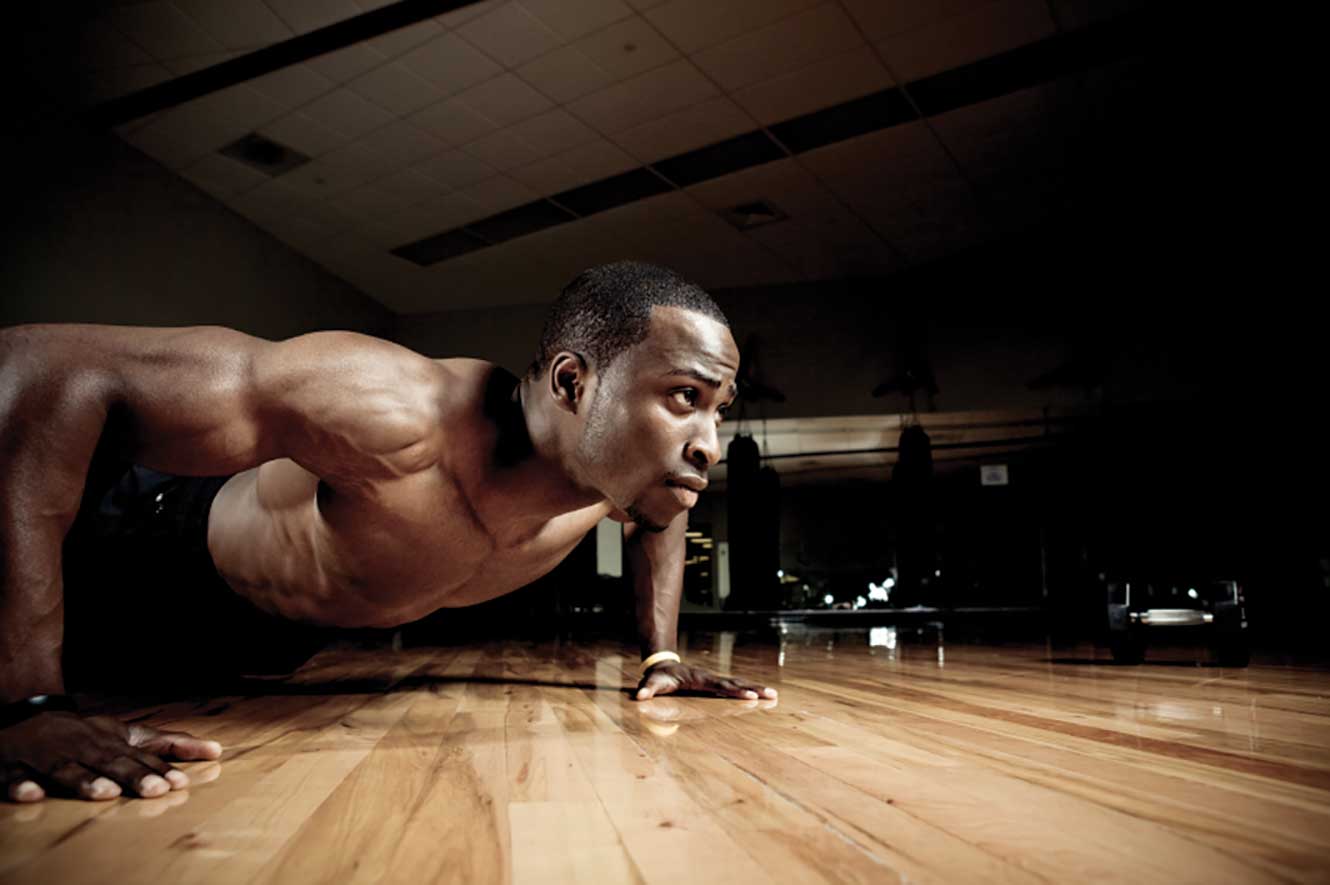
Before you jump into your New Year’s resolution, know where you stand.
By Todd Soura
Another January is upon us. Which means it must be time for a new you, too. Isn’t that the way it works? A fresh start, a hellish holiday hangover, regardless of your motivation, resetting (or beginning) a healthy lifestyle is never a bad thing. But taking on too much too soon all but guarantees that you’ll be right back here this time next year.
Neither of us wants to see that happen. So, before you do a single crunch, figure out exactly how fit you are. I’ve developed the following baseline test to gauge all the essentials: body fat, strength, balance and flexibility. By the time you finish, you’ll know how much work you have in front of you, and you’ll be able to scale your workouts accordingly.
Remember, the key to sustainability is consistency. A year from now, you can look back on your first workout and laugh because it means you stuck with it and improved steadily. Until then, one set at a time, one rep at a time.
- Body fat
I don’t like the body mass index, a standard measure of body fat based upon height and weight, because it fails to take into account muscle. A hip-to-waist ratio, by contrast, is not only easier to calculate, it’s more accurate.
Find a tape measure and wrap it around your waist (at your navel). Then do the same for your hips. Divide your waist measurement by your hip measurement. Anything below .9 in men and .8 in women is an indication of relatively good health.
- Body control
Lay on your back with your knees bent and your feet flat on the floor. Lean forward like you would with a sit-up—no hands—and drop your right leg, tuck it beneath the left. Then plant your left foot and rise to a standing position—again, no hands.
If you’re under 70, you should be able to do this fairly easily. If you can, it means your overall strength and body control are good and your brain’s saying all the right things to your muscles.
- Core strength
Assume the position of an old-school sit-up—flat on your back, hands tucked behind your head—only you’re going to straighten your legs rather than bend them. Slowly perform a sit-up. When you’re completely upright, you should look more like half a “C” than an “L.”
If you can do 10 of these, your hip-flexor, abdominal and lower-back strength is above average. If you can do 20, you’re ahead of most.
- Upper body strength
The push-up is one of the oldest exercises there is, and it’s still the truest test of upper body strength. Your hands should be just outside your shoulders, your body, stiff and straight. Lower your chest until it grazes the floor, then push straight back up to the starting position. Twenty is good for guys; 40 is excellent. For women, 10 is promising, 20 is top-notch.
- Flexibility
Sit on the floor with straight legs. Lean forward and touch your toes. The taller you are, the harder this is going to be. It should be a bit easier for women. They tend to be more flexible than guys. Either way, if you can touch them, good. If you can grab them, even better.
Todd Soura is the owner of the Doylestown-based Action Personal Training





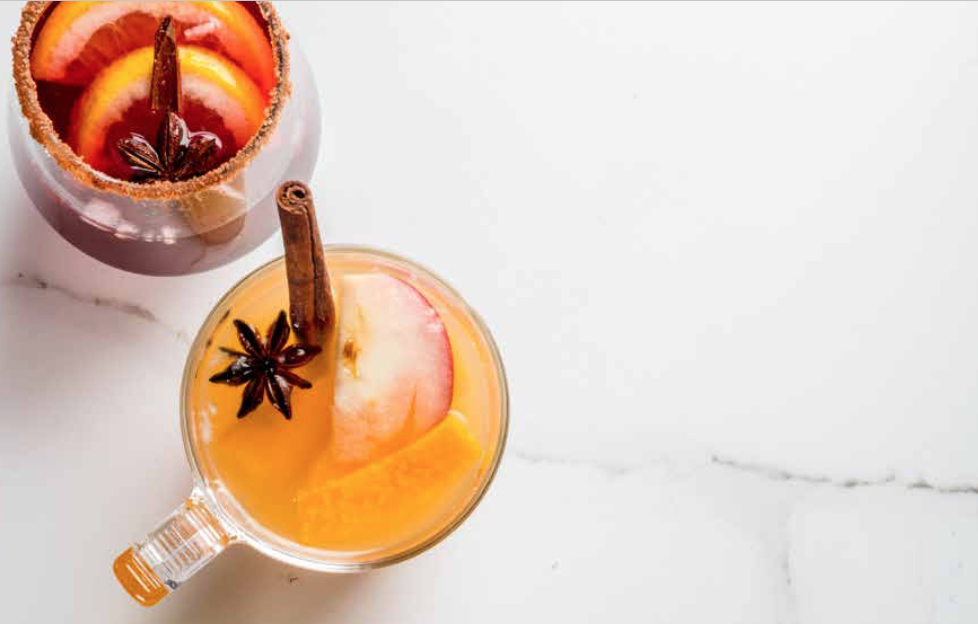



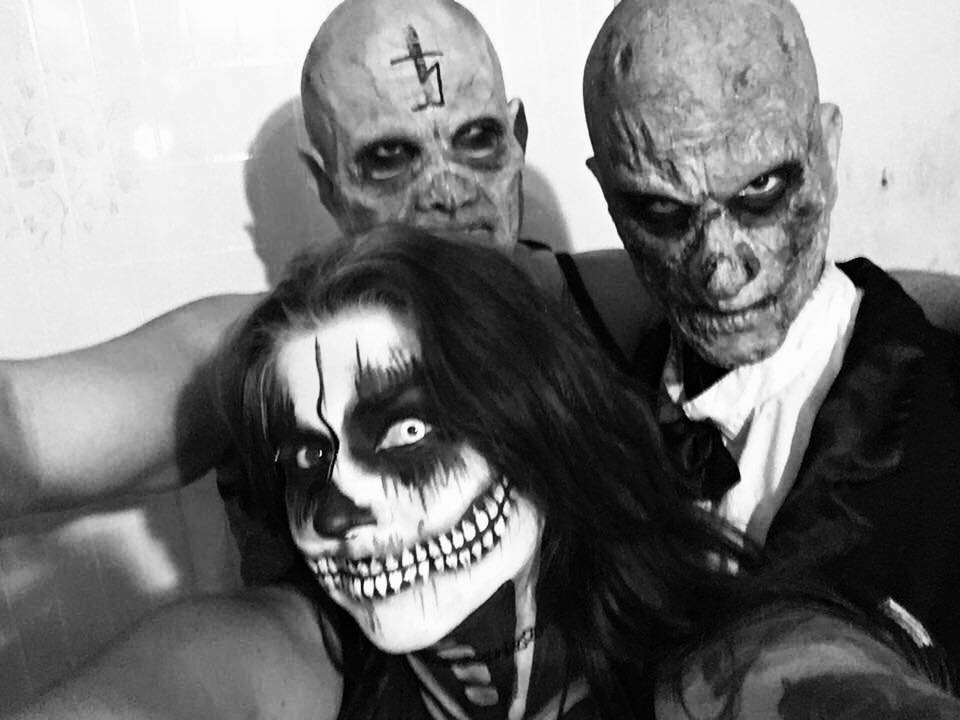
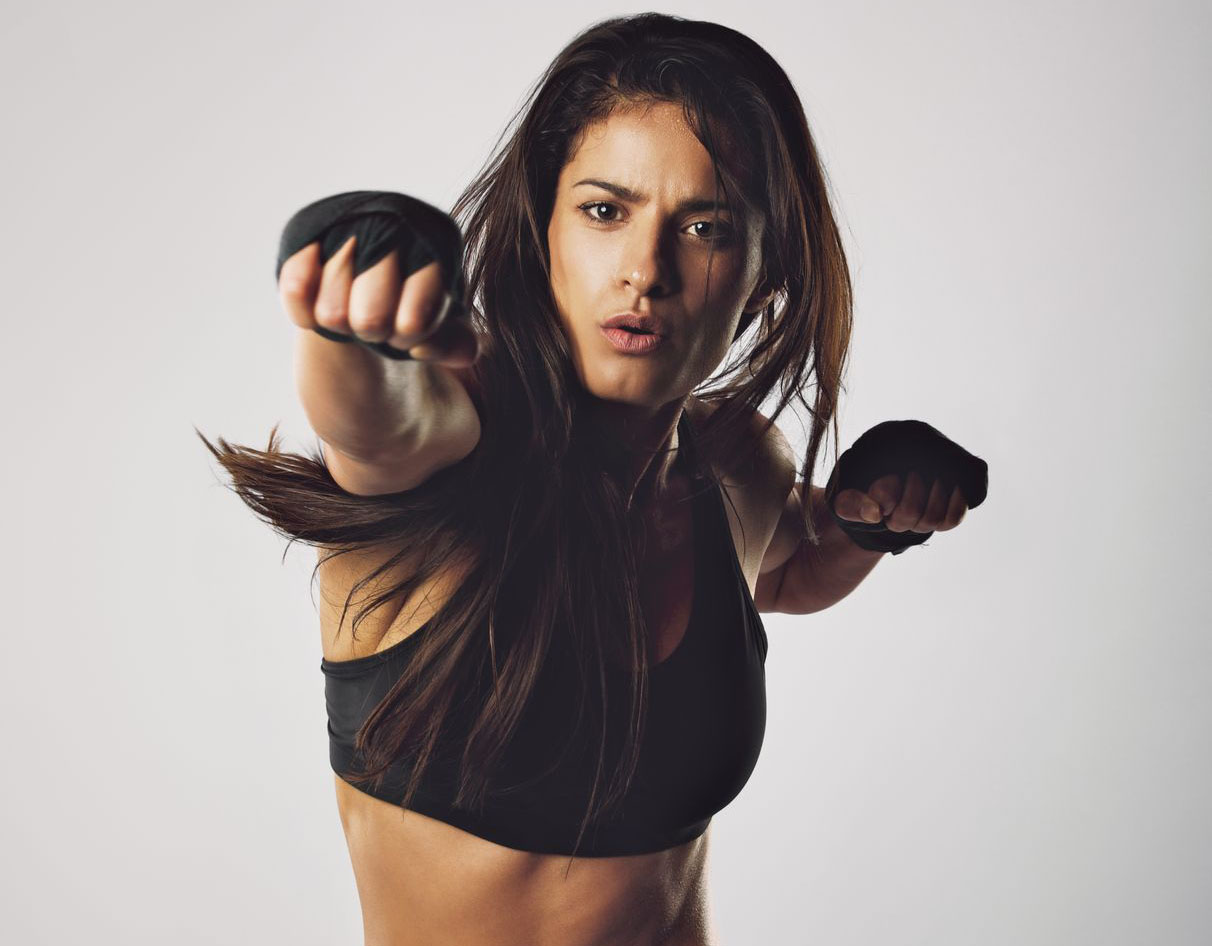

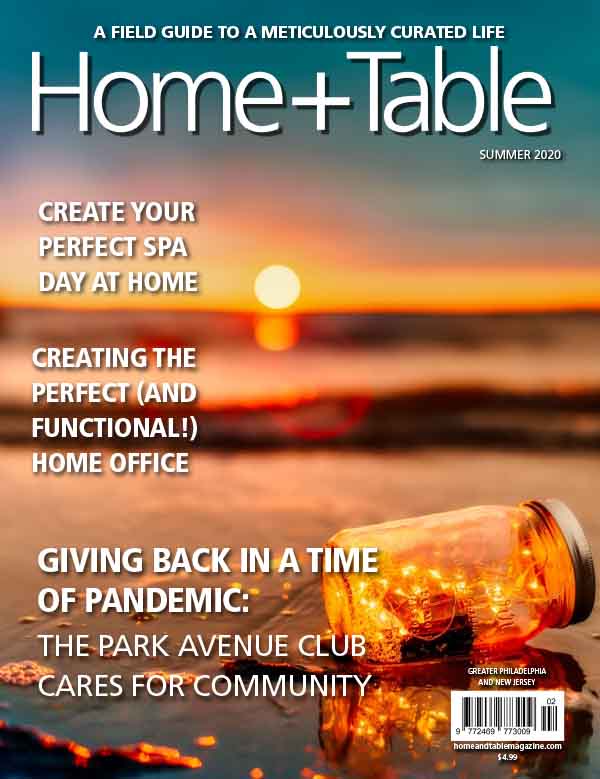
Entrance advisers wish to observe the best way to introduce your self. … Pupils have published 400-word essays also turned into in to very great schools — and also several have created 2000 phrases. Pupils write amongst 500-700 phrases. However, of locating your ideal span, the purpose is the fact that wordcount really isn’t the standard. https://classicalartsuniverse.com/higher-education-good-or-bad/